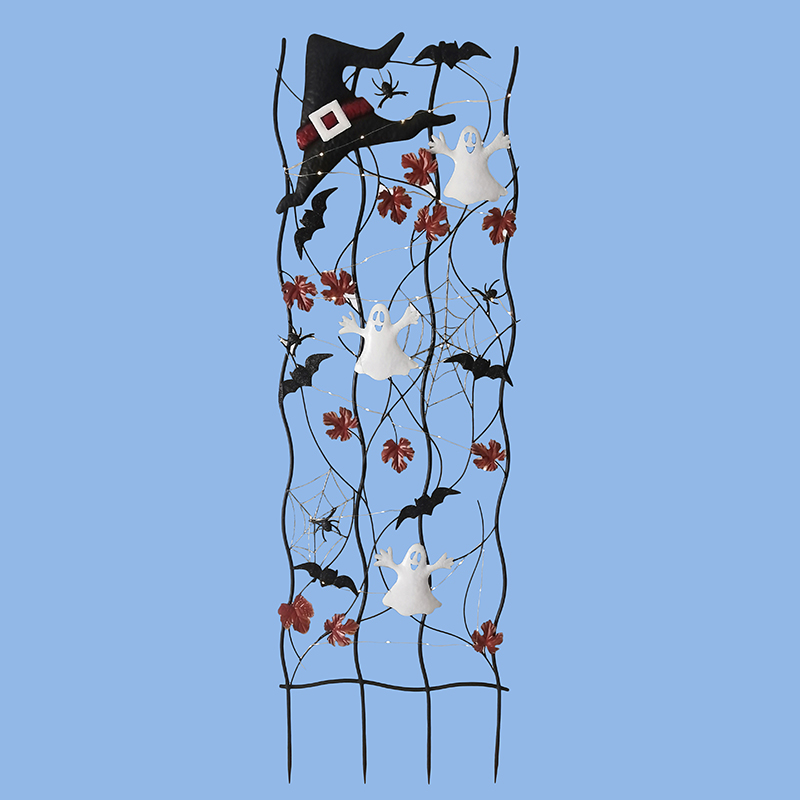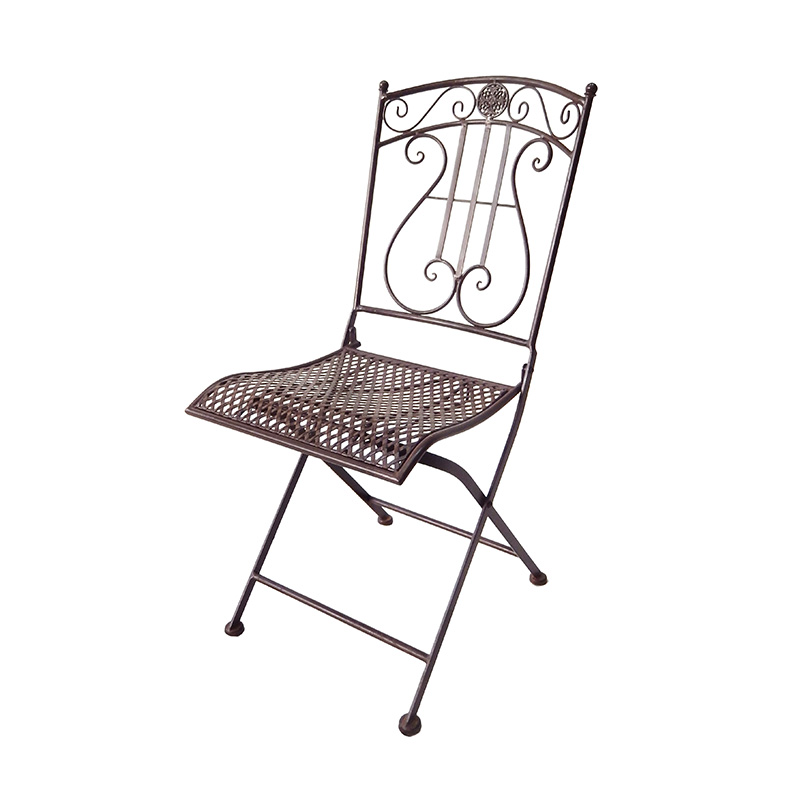Every item on this page was hand-picked by a House Beautiful editor. We may earn commission on some of the items you choose to buy.
Your plants will never go thirsty again. Planters For Garden

Different plants have different watering needs, and keeping up with a varied schedule can be a lot to track. Whether you're using a window box or a raised garden bed—or just a terra-cotta pot—a self-watering feature is a great way to establish consistency. The best self-watering planters and self-watering pots can assist by keeping your plants hydrated.
Self-watering planters work by transferring water from a reservoir the gardener fills. Some use a cord to transfer the water from a saucer or tank, while others are made of a porous material like terracotta that allows the plant to absorb moisture through its walls.
Beginner gardeners who struggle with keeping track of a watering schedule might be inclined to use a self-watering planter to make things a bit easier. Although that's certainly part of the appeal, Weslie Etienne Pierre, owner of Wesleaf, cautions against a "set it and forget it" mindset. "If you're not a plant person and you're using a self-watering pot, you're gonna think that every time that thing is empty, it's time to refill it," Pierre says. "That's not the case for plants like succulents and snake plants that do want that long period of drought."
House Beautiful gardening contributor and longtime plant lover Arricca Elin SanSone cautions that self-watering planters are "not an excuse to be lazy." The best thing you can do for your garden is always know what your specific plants need. (We've got plenty of plant care guides to help you out.) Still, a self-watering system can be really helpful under certain circumstances, like when it's really hot or when you'll be out of town for several days. To add some ease to your gardening routine and give your moisture-loving plants some extra care, we've rounded up the best self-watering planters on the market.
No wonder this planter comes from the MoMA Design Store team! The terra-cotta and hand-blown glass design makes a gorgeous addition to your garden, indoors or outdoors. By filling the glass reservoir, your plant will absorb what it needs slowly through the inner terracotta walls. It comes in three sizes from extra-small to medium, making it a great fit for any smaller, moisture-happy plants you want to use to brighten your home.
Easy access to fill the watering mechanism is a key criteria for a good self-watering planter. For this planter, simply use the clip-on watering attachment to fill the reservoir from the bottom. Its hollow legs are designed to prevent root rot while allowing moisture into the soil. Additional slats in the planter promote air circulation.
This planter made using centuries-old metal spinning techniques has a reservoir tray that holds the water for your plant to take a drink. Its self-watering system uses a cord mechanism, and there's a drainage hole and saucer to catch any excess.
Water can get directly to the roots of your plant in this self-watering pot. Drainage rocks help promote root health. Its unique design also allows you to take a look at the roots and assess their health without digging through the soil. Because this planter is ceramic, try using it for your indoor gardening since it'll dry out faster if it's exposed to the sun.
This self-watering stone pot lives up to its name with its simple yet effective design. The self-watering saucer system is easy to fill and use, plus it's frostproof to protect your plants in the colder months.
Every part of this planter is designed to hold up to the elements: It's double-walled, UV-resistant, and water resistant to hold up in all kinds of harsh weather. There's a drainage hole for excess water, and it comes in four neutral finishes and four different sizes so you can find the fit that's best for you.
This self-watering planter's compact design makes it a great fit for city apartment balconies and patios. You can even use it indoors with the included drip tray. The fill point is on the top of the garden bed, and it comes with a level indicator to eliminate guesswork as to when to refill the reservoir.
This tall planter is an excellent addition for your home's curb appeal, adding depth to the garage or drawing the eye to the front door. It's made of fade-resistant, durable plastic and is designed to be left outdoors.
Raised garden beds are a great way to address accessibility issues when gardening. SanSone loves this pick for anyone who has back pain or knee issues or for senior gardeners. The bed is at hip height to minimize time spent bent or hunched over. As a bonus, reviewers say it's easy to assemble.
SanSone loves this planter for its sturdy casters. When you're working with limited patio space, they make it easy to move around until you find the right amount of light for your plants. With a 2-gallon water reservoir and an aeration screen that encourages oxygen flow, you'll avoid drowning your plants' roots.
This self-watering herb planter will look perfectly at home on a countertop or windowsill. There are more than 50 preseeded plant pods to choose from to create the herb garden of your dreams. After you add the pods and the water, the rest is fully automated. Treat this as your starter kit: You'll need to transfer your plant babies to a larger planter once they grow.
Plant and propagate at the same time using this unique, artfully designed planter. The terra-cotta pot and handy base allow for steady moisture absorption, while the propagation glass lets you watch your clippings' growth in real time.
Use self-watering pots for plants that need to be watered all the time and don't like to dry out in between waterings. Pierre recommends using self-watering planters for plants that like their soil to be consistently moist, such as dracaena or peace lilies.
Vegetables that are "heavy drinkers," as SanSone puts it, are more likely to thrive in a self-watering planter. Shallow rooted vegetables such as peppers like steady amounts of moisture and don't do well with an inconsistent rain schedule, making them a great fit for self-watering planters. SanSone has also seen success growing tomatoes in them but points out that self-watering planters don't often have a big enough reservoir for the soil those deep-rooted vegetables require.
Two features you'll definitely want to check out are the irrigation system and the size of the planter. The filling mechanism must be accessible to make filling the reservoir easy to do, otherwise what should be a lower-maintenance option becomes a royal pain.
The depth and size of the planter matters not only for its soil capacity but also for the size of the water reservoir. SanSone says the bigger the reservoir, the better. The planter will take as much water as it needs at one time, and all you need to do is keep it full.
This schedule is crucial to the success of your self-watering planter, and there's a balance you have to strike. Overwatering is a common issue that plant owners have when using self-watering planters, says Pierre. Contrary to popular belief, however, overwatering refers not the amount of water you give a plant but how often you give it. "The number-one killer of plants is overwatering," she says. "Self-watering planters increase the likelihood of that happening, so it's really, really important that you truly understand the needs of the plant prior to putting it in that type of pot and follow the consistent regimen that plant requires."
Self-watering planters are a great fit for some outdoor vegetables. The material of the planter makes a difference, though. The moisture in a ceramic planter will evaporate faster, making it not as smart a pick for outdoor planters exposed to the sun (especially those placed in direct light). SanSone prefers to use plastic self-watering planters outdoors to avoid this issue.
Pierre cautions that outdoor planters will also be exposed to the elements, so rainy days could lead to overfilling. "If it's a self-watering pot, that means the reservoir is in an enclosed situation, so water will never come out of it," she says.
To understand how best to use self-watering planters and self-watering pots, we consulted gardening experts Weslie Etienne Pierre and Arricca Elin SanSone. SanSone, a longtime House Beautiful gardening contributor, has been using self-watering planters for about 15 years. She's seen how they work on everything from turnips to tomatoes. Pierre is a plant stylist and designer as well as the owner of Wesleaf Designs and Decor, where she advises clients on how to use self-watering planters everywhere from office spaces to vacation homes.
Janae McKenzie covers all things shopping for House Beautiful. As an associate shopping editor, she’s constantly scoping out the best finds for every part of your home. Janae holds an MA in journalism from the University of Missouri and has been published in Glamour, Food Network and Vox Magazine.
15 Front Yard Landscaping Ideas for Lazy Gardeners
How to Grow Bird-of-Paradise Plants Anywhere
21 Best Gardening Tools to Tend Plants Like a Pro
All 12 Zodiac Flowers and Their Meanings
How to Care for a Bougainvillea Plant
17 Winter Flowers That Actually Love the Cold
How to Grow English Lavender Plants
15 Flowers and Vegetables You Can Plant in August
Our Best Tips and Tricks for Planting Irises
Annual Plants vs Perennial Plants, Explained
This Week Is the Best Time to Plant Hydrangeas
How to Grow Avocados at Home
A Part of Hearst Digital Media
We may earn commission from links on this page, but we only recommend products we back.
©2023 Hearst Magazine Media, Inc. All Rights Reserved.

3 Piece Wall Art Janae McKenzie covers all things shopping for House Beautiful. As an associate shopping editor, she’s constantly scoping out the best finds for every part of your home. Janae holds an MA in journalism from the University of Missouri and has been published in Glamour, Food Network and Vox Magazine.